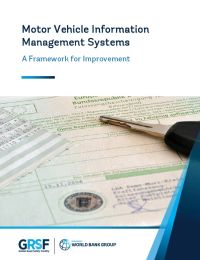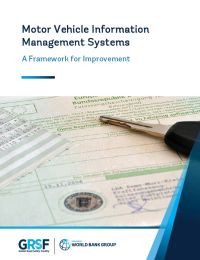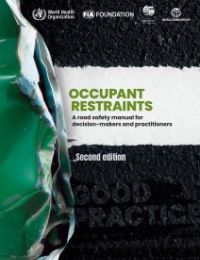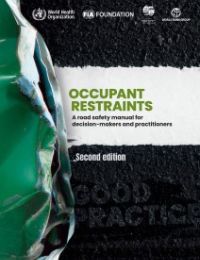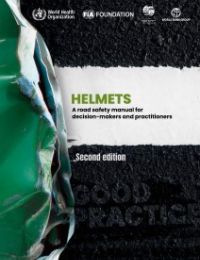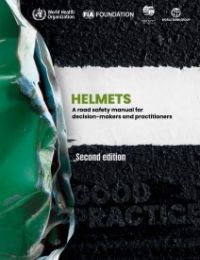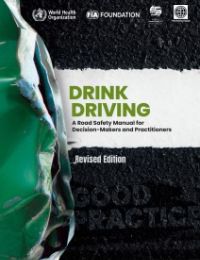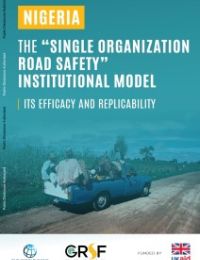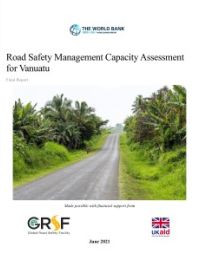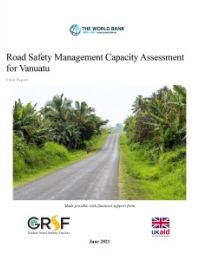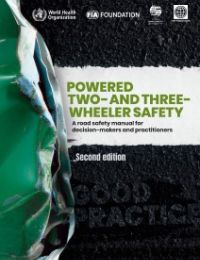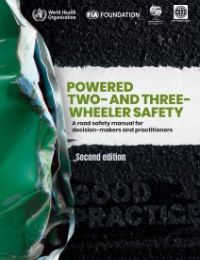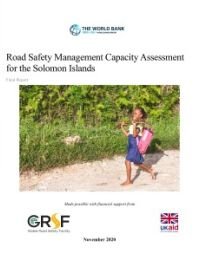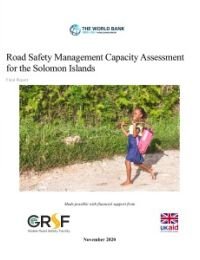Cycling has many health and environmental benefits. Yet every year 41 000 cyclists die in road traffic-related crashes worldwide. Many leave their homes as they would on any normal day – for school, work, worship, or meeting friends – never to return. Millions more people are injured in road traffic-related crashes while cycling, some of whom become permanently disabled. These incidents cause much suffering and grief, as well as economic hardship for families and loved ones.
However, the growing focus on sustainable mobility – an increasing effort to shift more travel from motorized transport to the use of public transport, walking and cycling – makes cyclists’ safety an increasingly important component of road safety efforts. Cyclist collisions, like other road traffic crashes, are predictable and preventable and therefore should not be accepted as inevitable.
Cyclist safety: an information resource for decision-makers and practitioners describes the magnitude of cyclist death and injury, the key risk factors, and effective interventions. The document stresses the importance of a comprehensive, holistic approach that includes legislation, enforcement and behavioral measures specifically for cyclists; design of the built environment; as well as integrating cyclist safety into overall road safety and transport strategies. It also draws attention to the benefits of cycling, which should be promoted as an important mode of transport given its potential to improve health and preserve the environment.
We hope that this resource, which is designed for a multidisciplinary audience including engineers, planners, law enforcement officers, public health professionals and educators, will contribute towards strengthening national and local capacity to implement cyclist safety measures in various settings worldwide. We encourage all to bring this resource to the attention of those who will use it to save the lives of cyclists.
The World Health Organization (WHO) coordinated the production of this resource. Soames Job, Head GRSF and Global Lead Road Safety, World Bank was one of the principal writers of this document. GRSF contributions to this document were supported by UK Aid.

